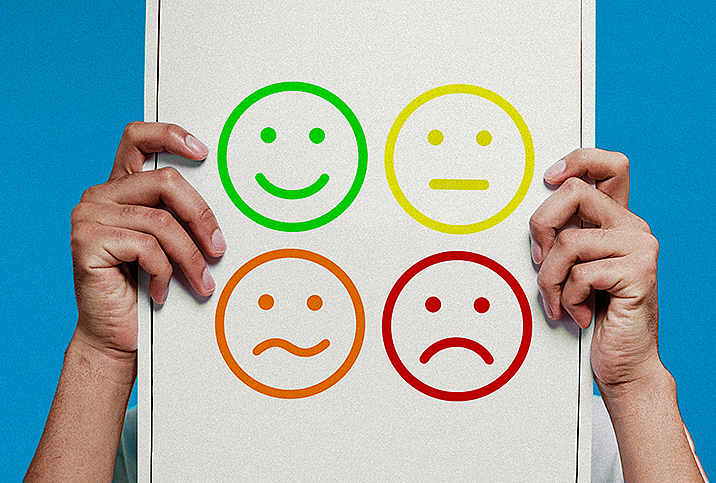Storytelling Breaks the Silence on Violence

Gender-based violence can take many different forms: physical, sexual, mental and emotional, and include verbal threats, coercion, economic injury and manipulation. Violence and abusive relationships pervade every aspect of daily life—in homes, on the streets, at the workplace, in schools and within communities. And though we may not see it in front of our eyes, its presence is undeniable.
Women are disproportionately affected
The statistics on violent acts against women are both astounding and heartbreaking. The United Nations Women Organization estimates 736 million women globally have been subjected to violence, either by a partner or by someone else. Despite how large the estimate is, the total is surely more as violent acts are often underreported due to fear of reprisal and victim-blaming. It's estimated 1 in 3 women will experience some form of gender-based violence during their lifetime.
The confinements and restrictions of the COVID-19 pandemic have led to a dramatic increase in calls to crisis centers and helplines over the past year. More than 50 countries have since incorporated response efforts to help women and families during this time of increased vulnerability. However, continued help is needed to reach women and children who are increasingly isolated and at a greater risk of experiencing violence.
The real women behind the stories
Publicizing these shocking numbers helps break the silence and shame that accompanies gender-based violence, but most important of all are the true stories of abused women around the globe. Their voices need to be heard.
Many women's and gender-based organizations concentrate on collecting and sharing women survivors' stories on their websites, blogs, social media pages, chatrooms and forums. These platforms are safe spaces for sharing and gathering community support. The ripple effects of the stories span cultural and economic divides, and encourage conversations worldwide.
Storytelling makes us human
The function of storytelling—whether verbal, written or visual—allows people to connect with each other. Through the act of listening, we can achieve a different perspective within our own families and communities, and come to understand and empathize with cultures outside of our own.
For activists working with gender-violence survivors, storytelling also represents a way for women to heal and be empowered.
Storytellers as change makers
Camaraderie and community support can work for good, as we see in SAHIYO, an organization dedicated to ending female genital mutilation (FGM) on a global scale. The name comes from the Bohra Gujarati word "saheliyo," or friends.
FGM is a form of gender-based violence inflicted on women at a very young age. These mutilations are often a part of long-standing traditions that stem from a set of learned behaviors originating in abusive environments. The silence and cultural pressures from communities enacting and tolerating these archaic rituals are paralyzing for anyone wanting to break free.
As part of SAHIYO's comprehensive research project, the organization began collecting stories from women about their experiences with FGM. Once these were posted on their website, more women from other communities responded with their own experiences. This collective storytelling shattered the silence and inherent shame of FGM and new conversations emerged, with survivors of FGM in India, Africa, Europe and the United States joining the movement.
With this growing exposure, SAHIYO continues to gather allies and strives for what is known as the critical mass 25 percent—the number of people required within a group or community to alter an accepted norm.
Other storytellers empowering women
There are many groups that use a storytelling platform to prevent gender-based violence, including:
- United Nations Women, an organization with a worldwide initiative—the #HearMeToo hashtag—allowing women to share their stories in a safe-space online forum.
- Women & Girls Lead, which curates 10 films a year, showcasing women and girls overcoming crises and adversity. This visual storytelling is intended to stimulate conversation and, by inspiring action, eventually lead to real change.
Reaching out for support and community
Gender-based violence can be stopped, harmful cultural norms can be altered and this can be done by establishing a voice for social change. Storytelling is a powerful tool, and bringing stories to the forefront will only continue to bolster positive change.
If you have something to say, there are many who will listen.


















